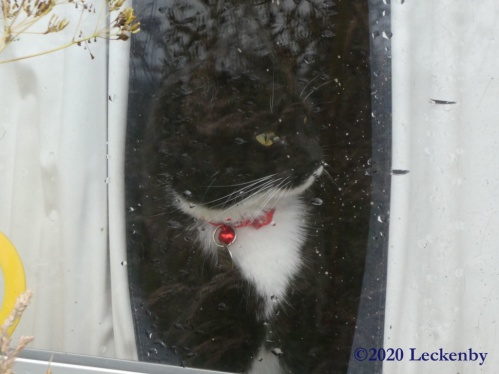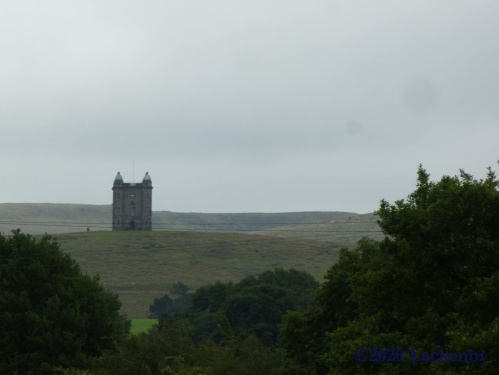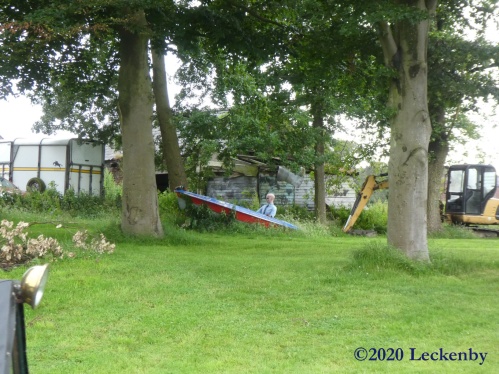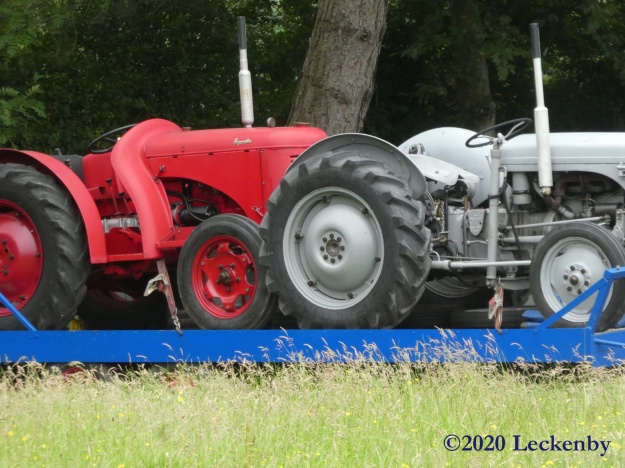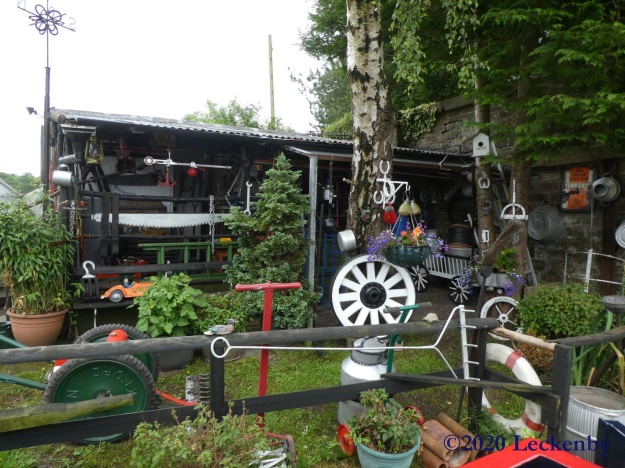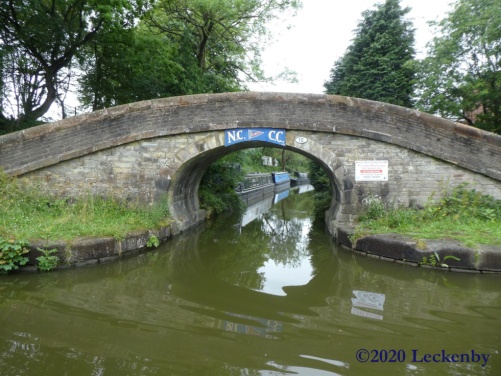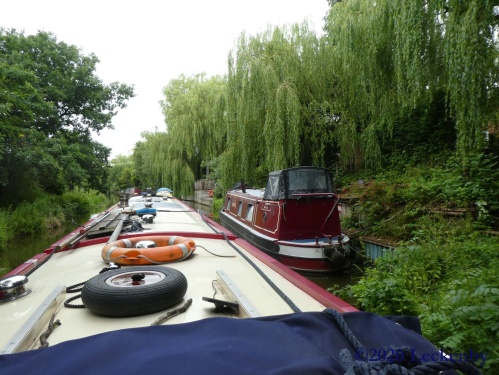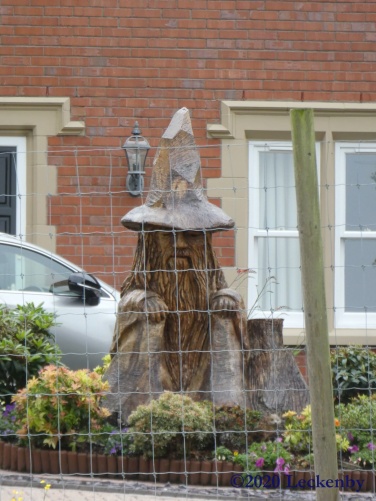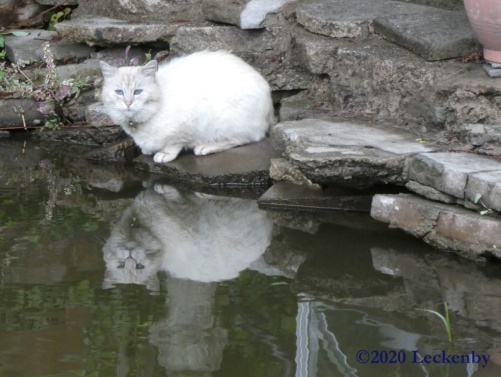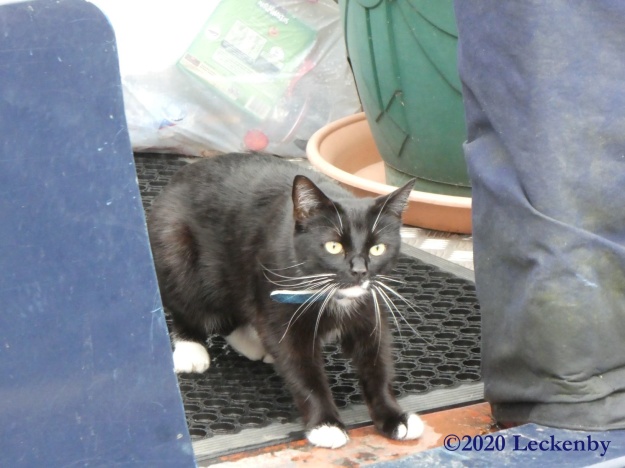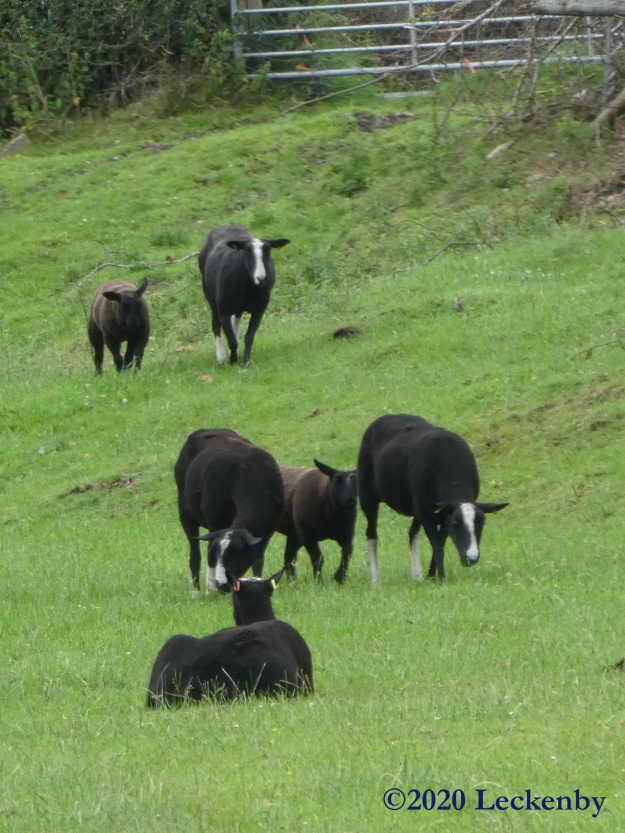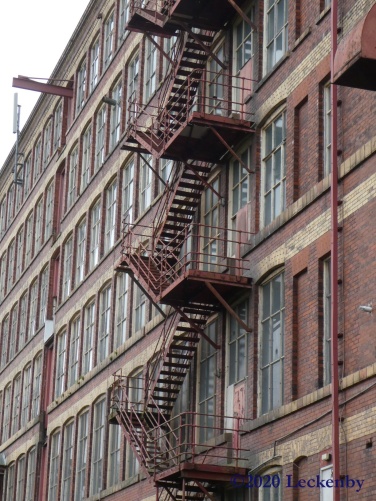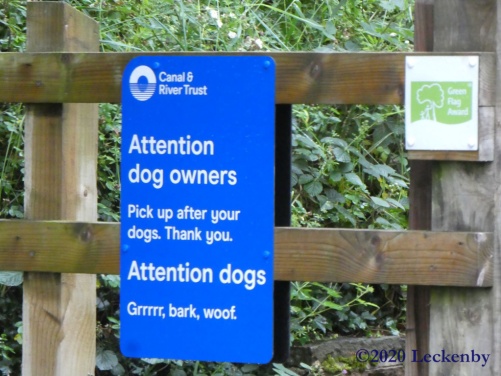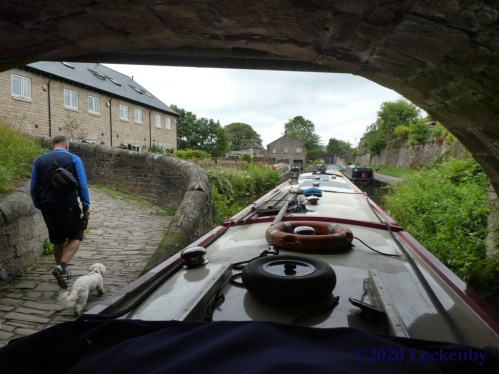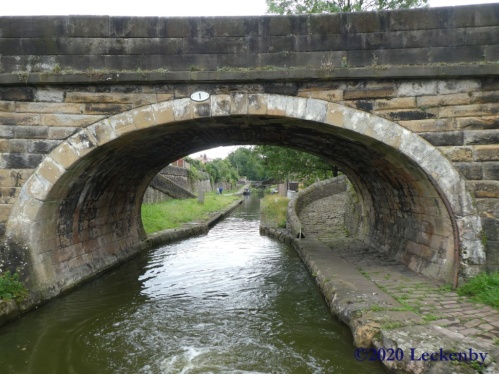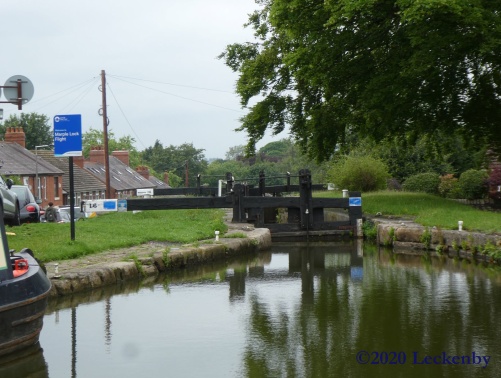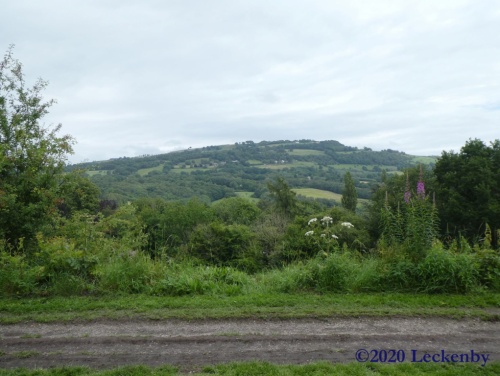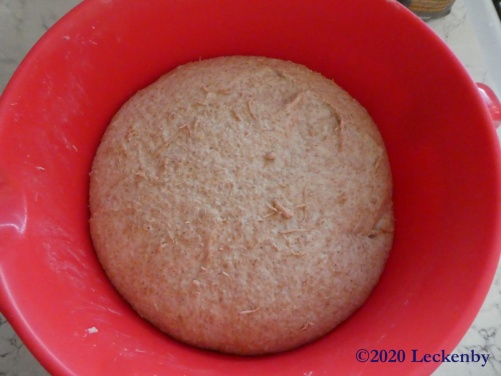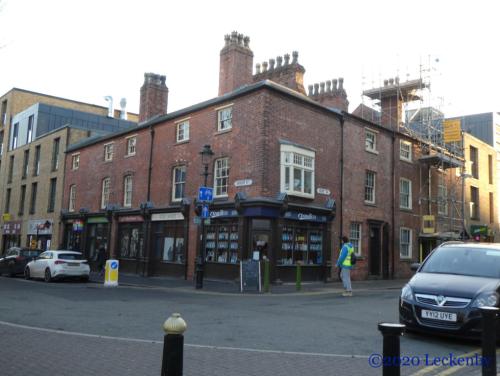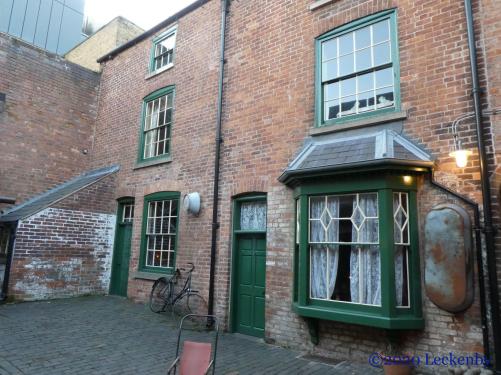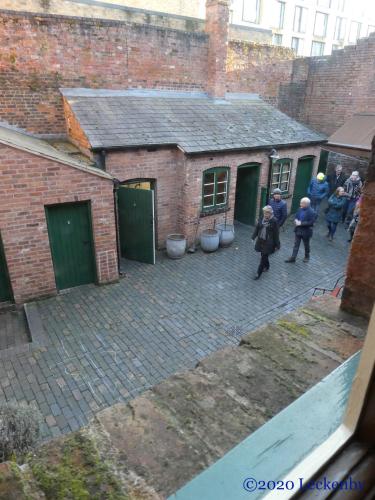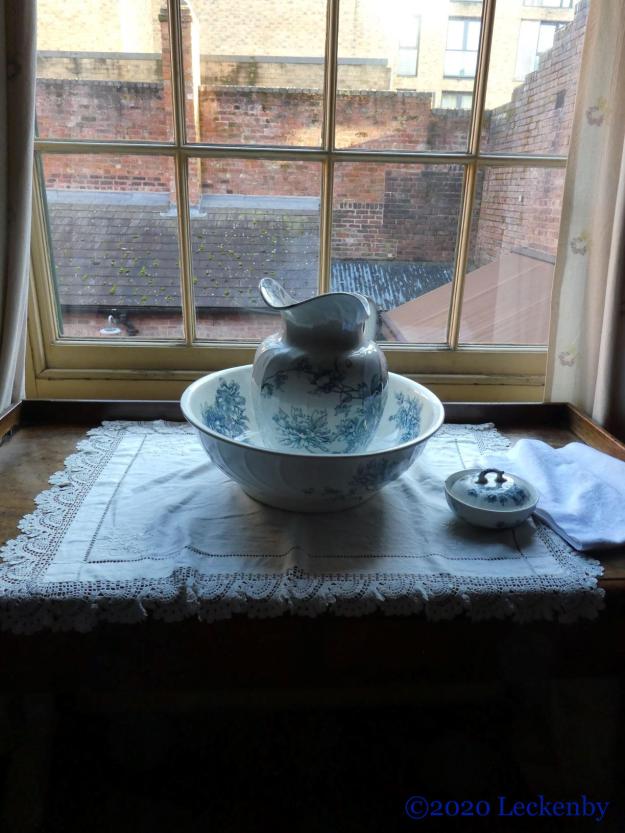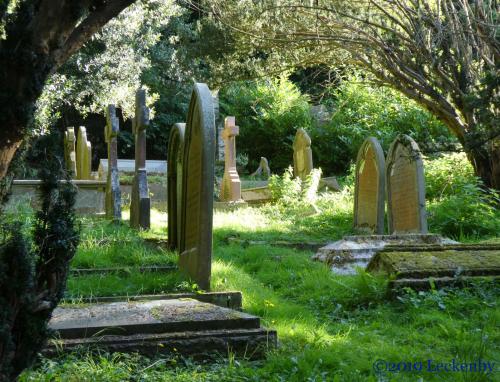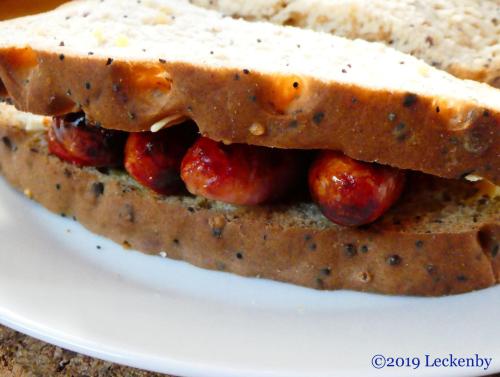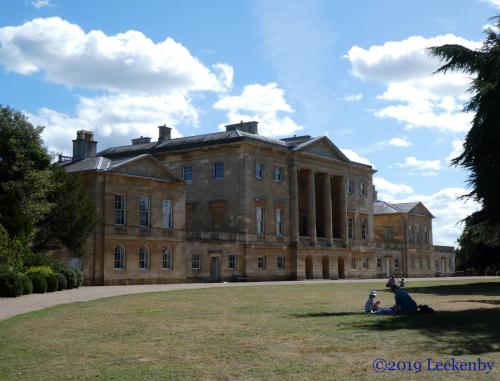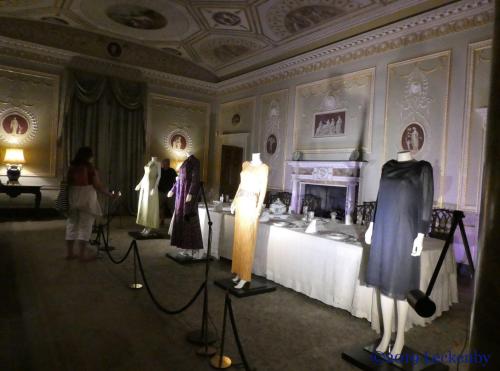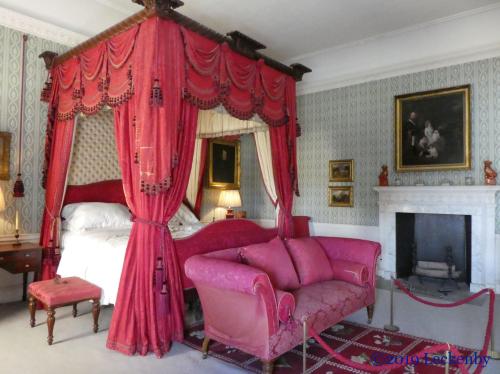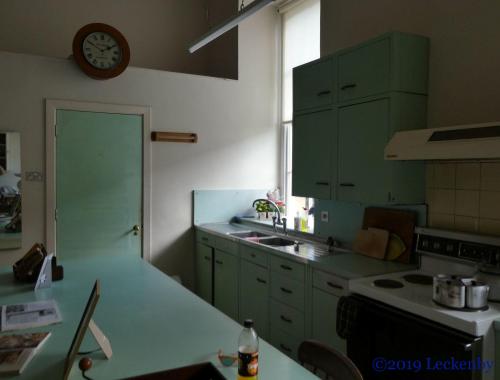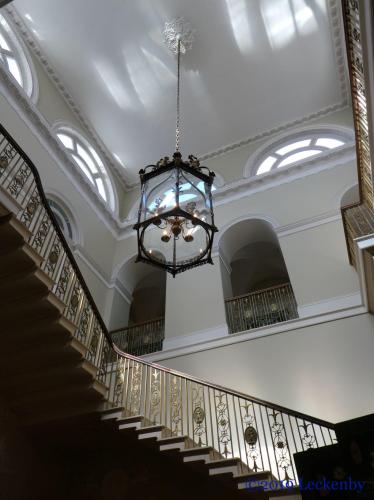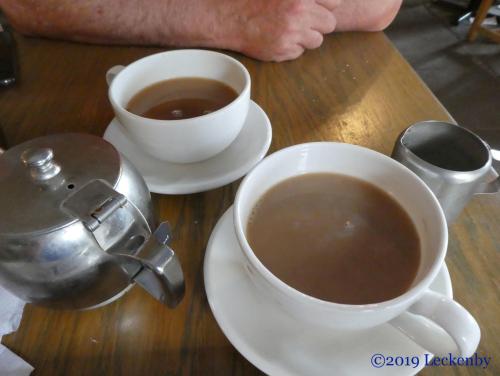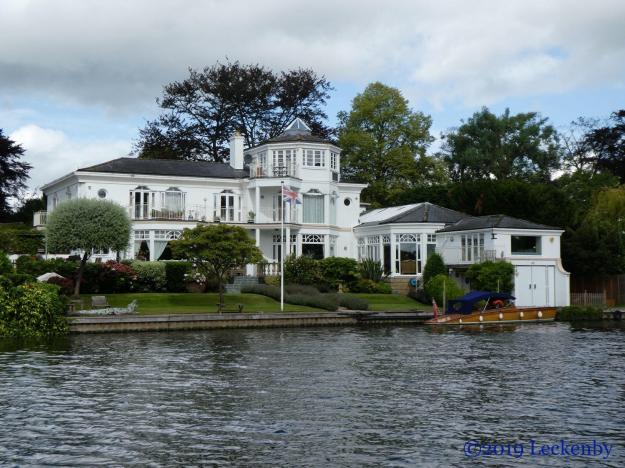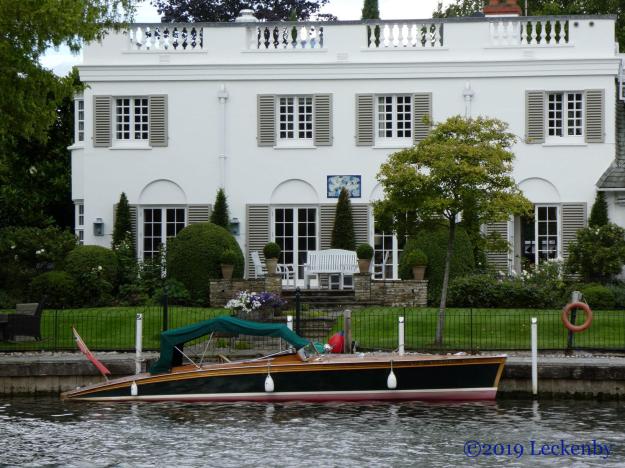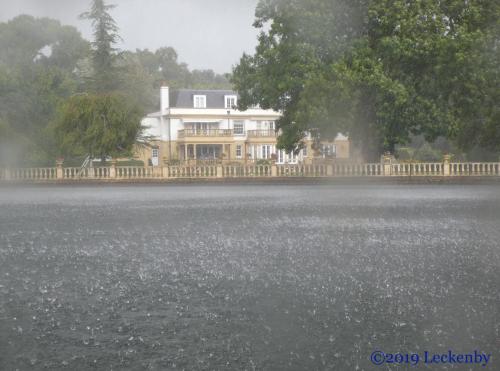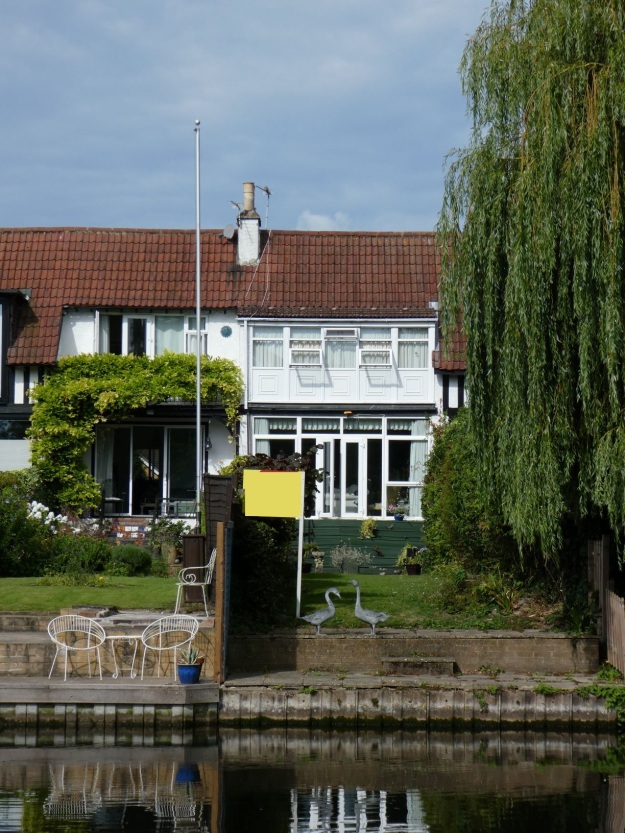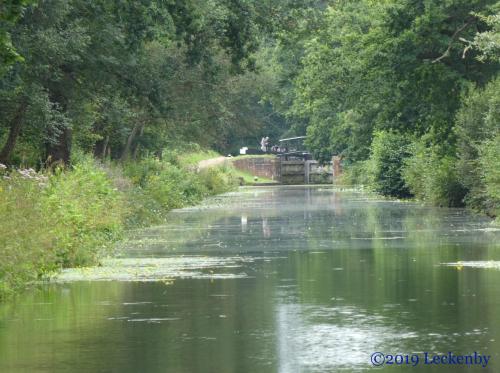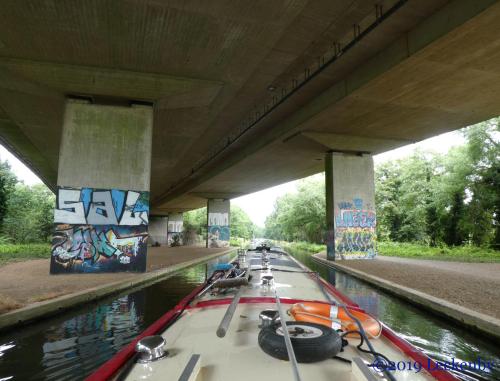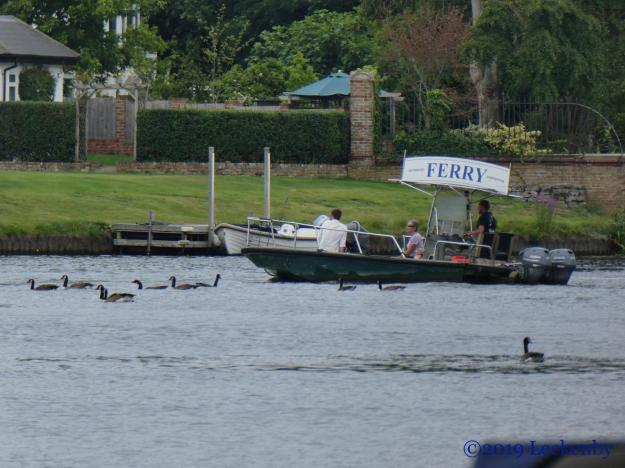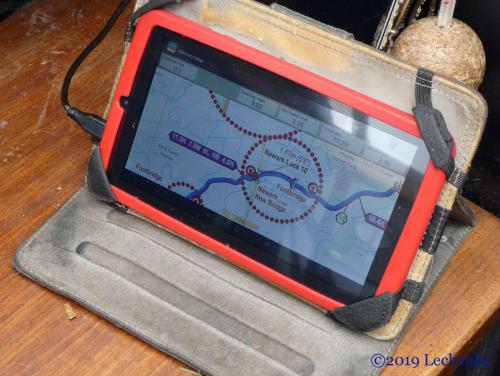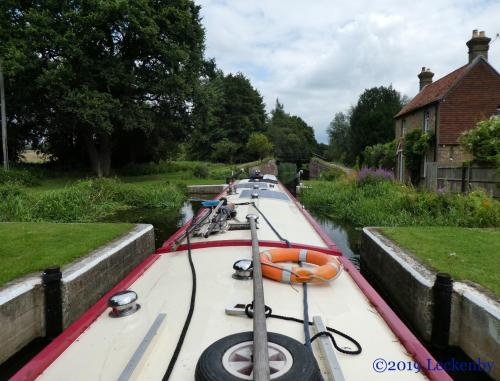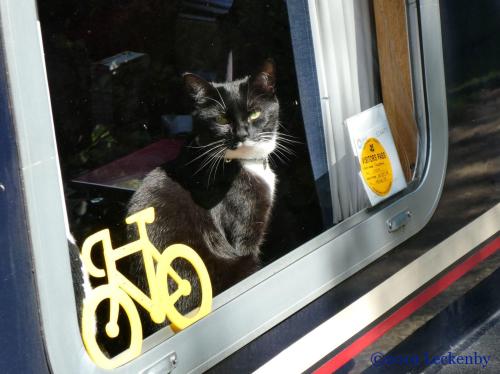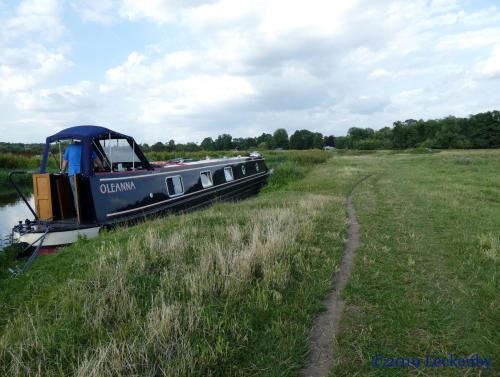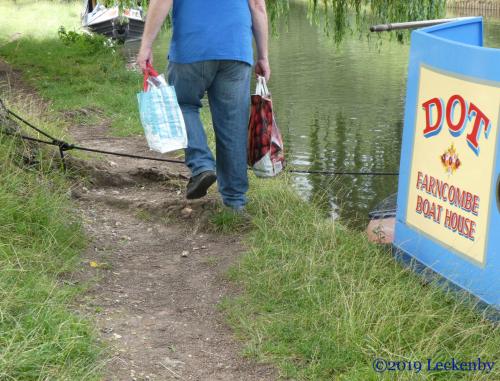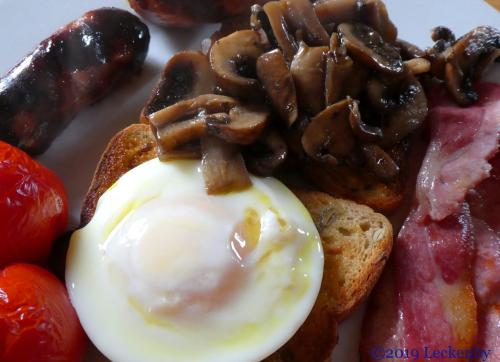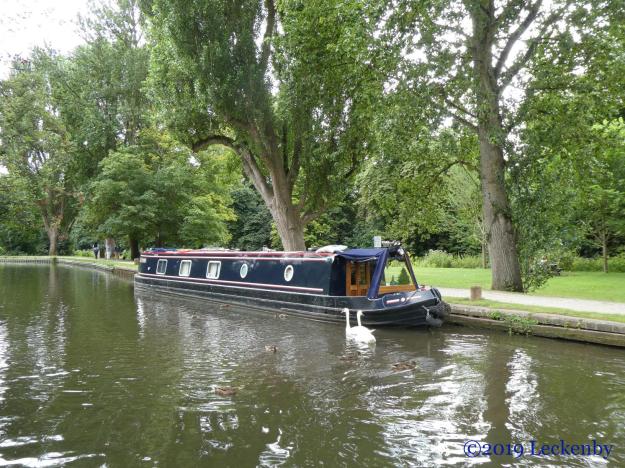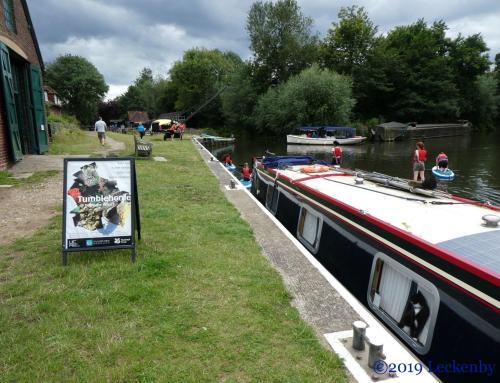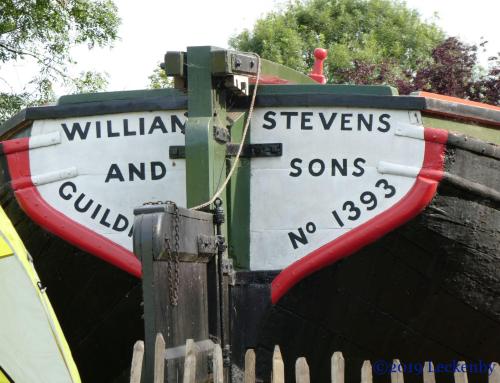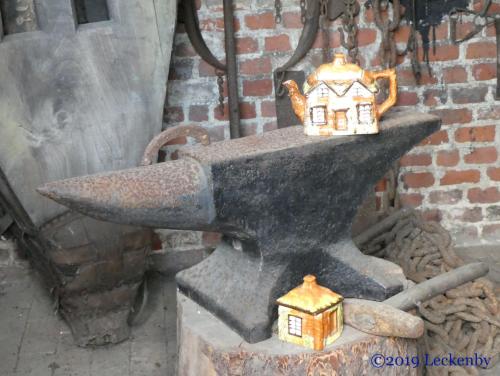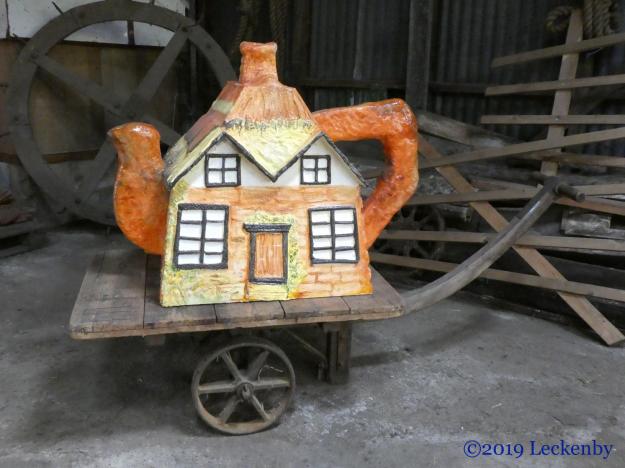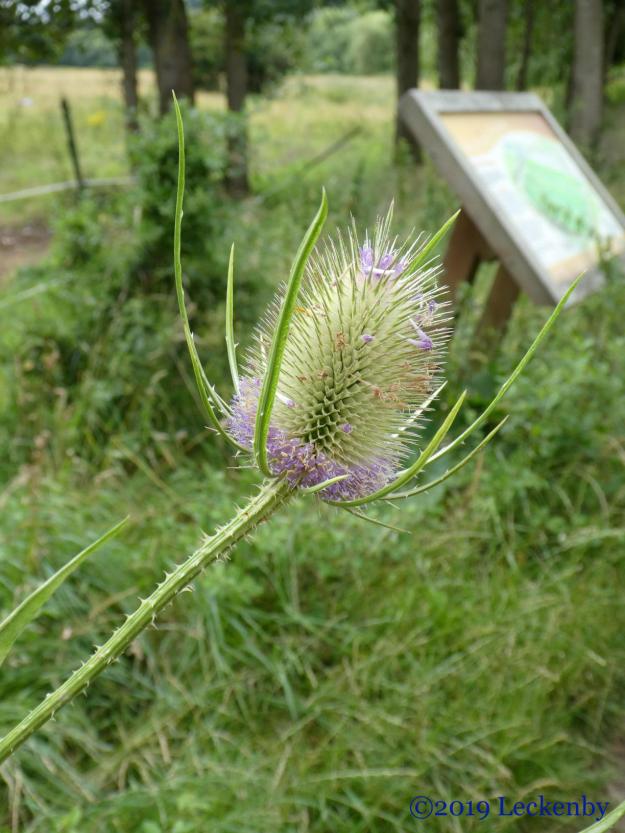Naburn Lock to Linton Lock
Once breakfast was over it was time to make a move upstream. We have done the route into York on Lillian twice, however I know the river better from the banks on this side of the city. This is where I grew up, over looking the river which I was taught to respect from a very early age. Things change, but along this stretch only the trees seem to grow bigger and higher than in my childhood. The advantage of living beside a flood plain is no new chimneyless houses have popped up.

From Naburn the riverside moorings are full of white shiny cruisers all their pointy noses facing upsteam. Acaster Malbis has houses to match with big gardens stretching down to the river.

There were tents and gazebos at York Marina and they seemed to be doing a roaring trade, most probably in teas and coffees overlooking the river.

We tried checking the price for diesel on their pump, but as it serves both petrol and diesel I couldn’t tell which cost £1.65 a litre! We’ll hang on till Boroughbridge.
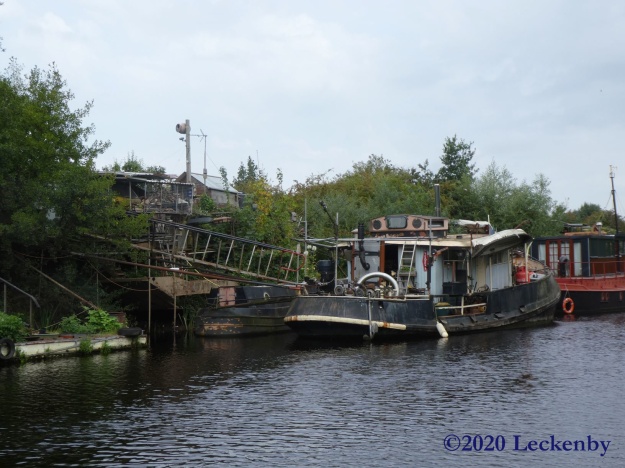





The west bank of the river now becomes more interesting, lots of different sorts of boats, all the moorings individual clinging onto the high bank. In some places it’s like a shanty town, it must take years, decades to collect the stuff some have piled high. Others have new swiss style sheds that have sprung up during lockdown, their fresh yellow wood waiting for the winter to be toned down by nature.


Archbishops Palace. We used to walk down the east bank with the dogs and stand and look at the Palace. At 7 or 8 I never thought about who lived there, but today neither of us knew who the new Archbishop of York was, I had to look it up! We knew John Sentamu had retired after 15 years, now Stephen Cottrell is the 98th Archbishop, I believe he took on the position early in the summer. Four years ago scarecrows stood in the riverside garden, today it just looked neat.
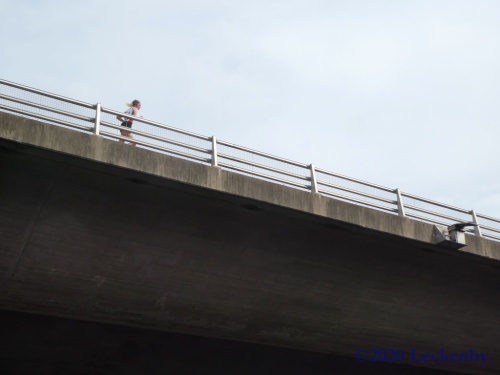
The A64 then crosses the river, I remember the days before this was built and then the gradual increase in traffic across it which could be heard from our house, it also supposedly blocked out the tiny view of the palace from my parents bedroom. A brave runner ran against the traffic high above us, then she popped up again on the east bank keeping pace with us as we headed upstream.
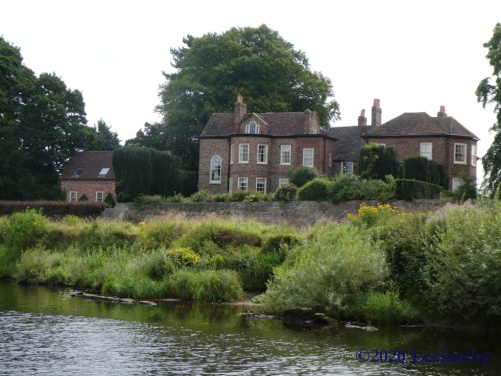
Fulford Hall, now apartments sits on the bend where the trip boats used to wind. Then I could just make out Landing Lane (Lovers Lane when I was a kid) between the trees. My Dad in his latter years felt he’d achieved a good walk if he reached the benches here for a rest, I think Bramble his dog was glad of the rest too, accompanied by a restorative square of liver cake Dad made especially for her. He was also very popular with all the other local woofers.

Today two chaps were magnet fishing off the little beach here. This is where the Battle of Fulford took place in 1066. King Harald III of Norway and Tostig Godwinson, his English ally, fought and defeated the Northern Earls Edwin and Morcar in September that year. It is estimated that 1650 died in the battle, so there may be interesting things to find on the river bed. Recently Fulford Parish Council had a crowdfunding attempt to buy some of the land for the community. But sadly even though they reached their target their funds were out bid at auction. I hope the new owner realises what they have.
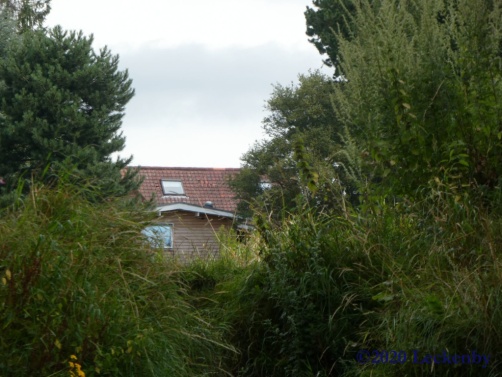
Just a short distance on it was time to very gently coast upstream. We kept our eyes peeled for a house set back, peeking above the friendly cover on the banks. To either side of my family home are big houses, my Dad’s house much smaller, but somehow, my Dad’s is the only one you can get a clear view of from the river. The window visible is my parents bedroom, the room where I was born.

In the last year or so the current owner has added a bedroom to the back and altered the conservatory, as part of the building works new larch cladding has replaced the old original wood which had darkened with age. The house my Dad designed and built is still there.

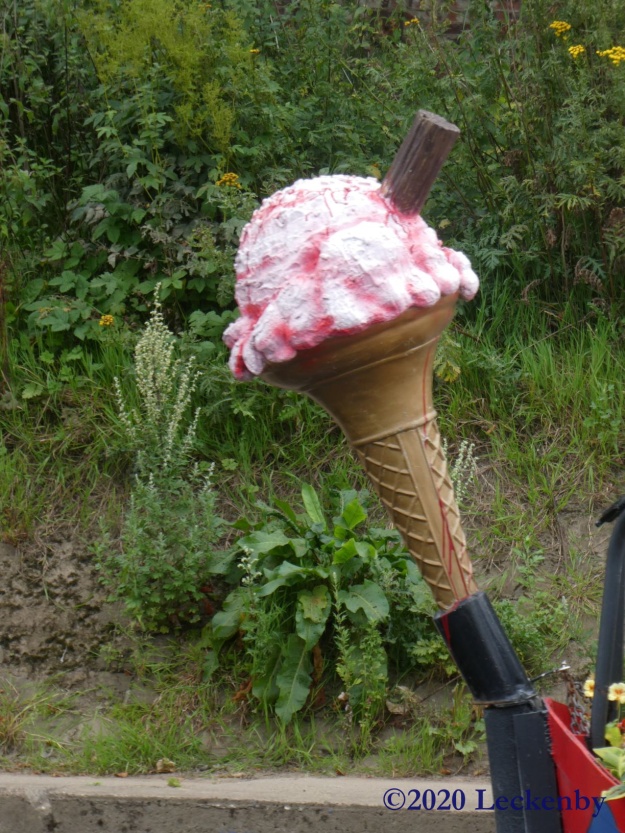


Onwards to the Millenium Bridge a possible mooring that needed checking out. We’ll need to be a touch creative with our mooring as other than a chain there is nothing to tie to. We checked the depth and that was good too, the fact that we’d be moored close to a chilled medication boat has nothing what-so-ever to do with it!
Now we were joined on the river by trip boats and day hires doing circles. We managed to avoid them.

The Blue Bridge over the end of the River Foss has recently been away for restoration and it looks like a temporary bridge had been installed. The Foss Barrier behind is sadly closed due to work being carried out on it, we’d been toying with a little trip up as far as you can get, but that will have to wait for another time.
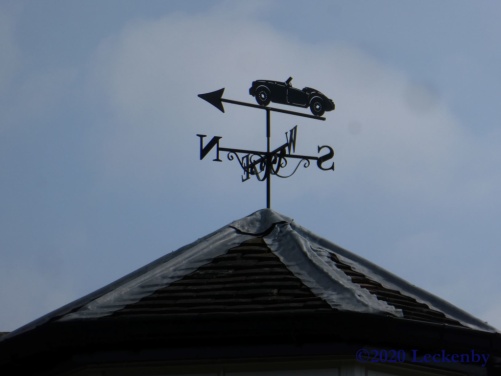
We spotted a weather vein on top of my best friend Emma’s house, sure this wasn’t there when the Snowdons were residence.

A rather lovely looking Dutch Barge sits on the Clementhorpe bank. If we were ever to win the Lottery we would love to own one of these for the large waterways. Their lines are just so lovely, of course we would keep Oleanna meaning we could still climb over the Pennines.
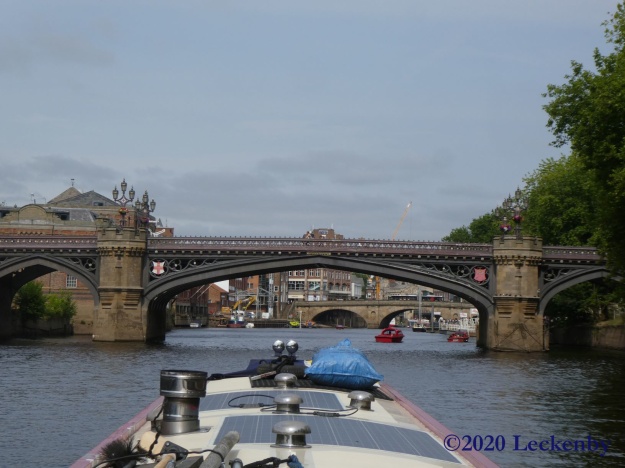


Skeldergate Bridge, which recently we found out that the northern most arch used to have a lifting section to it to allow taller boats access to the busy quaysides upstream, this last opened in 1975. Originally a toll bridge which replaced a busy ferry it opened in 1881 and was designed by Thomas Page, it was the third modern bridge in the city. The bridge became toll free in 1914, the citizens of York were so happy they held a regatta to celebrate.


Kings Staith was busy as always, well apart from when it’s flooded! All the trip boats and hire boats were out and plenty of people were sat out enjoying the sunshine. Here is another possible mooring, but with ladders to climb to get on and off Oleanna we are unlikely to use it.

Under Ouse Bridge the oldest of the bridges in York. This is where the first bridge across the Ouse stood in the ninth century. Several versions have followed including one that in 1367 had the first public toilets in the country installed. The current Ouse Bridge was built in 1821.

The back of Coney Street, the main shopping street from my youth follows along. The old printworks for the York Press and the Mansion House all back onto the river before Lendal Bridge, another crossing designed by Thomas Page.
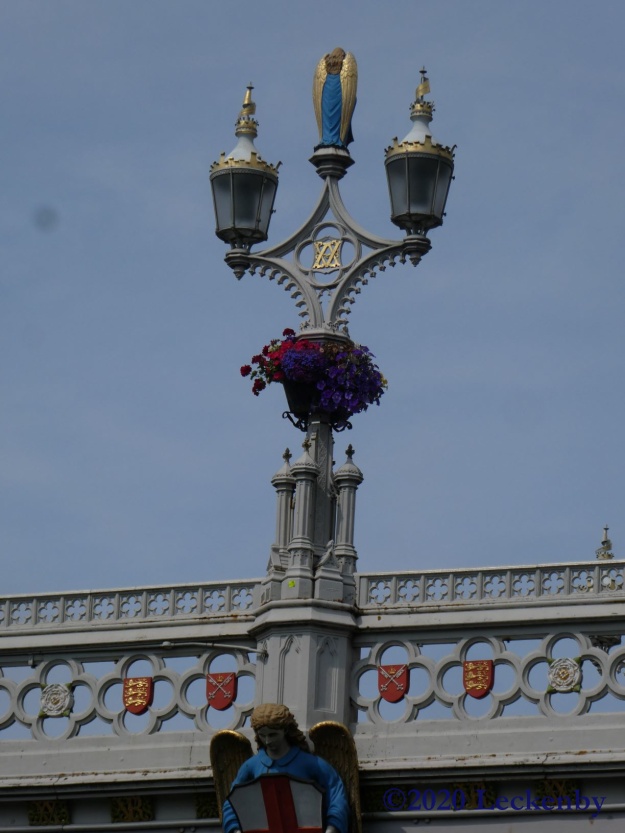
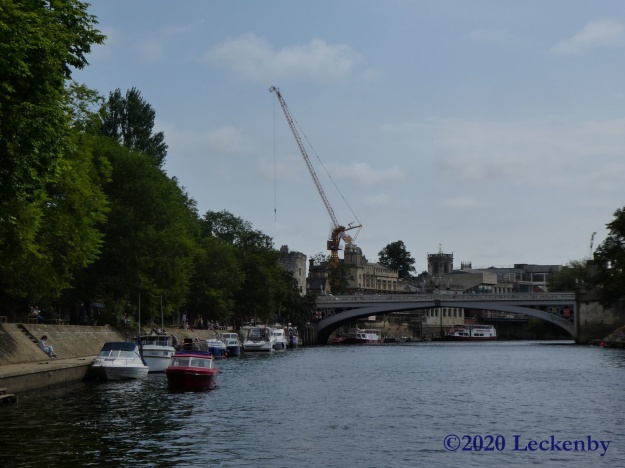
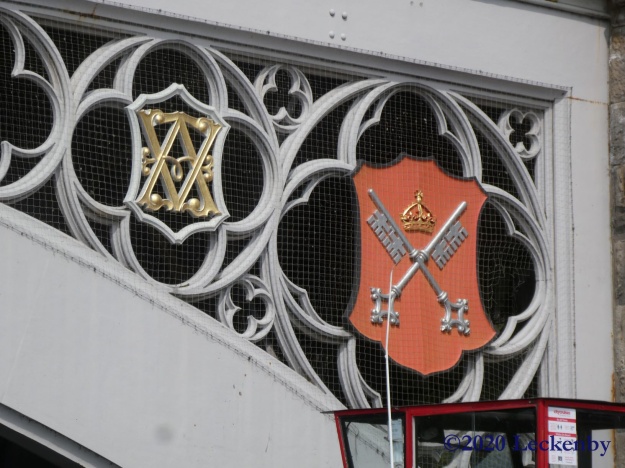
This was the second bridge to cross the river, its original foundation stone was laid in 1860, during it’s construction disaster struck and it collapsed killing five men. The bridge was rebuilt to Thomas Page’s design and opened in 1863. The new bridge put the Lendal ferryman out of business, he was paid compensation of £15 and a horse and cart.
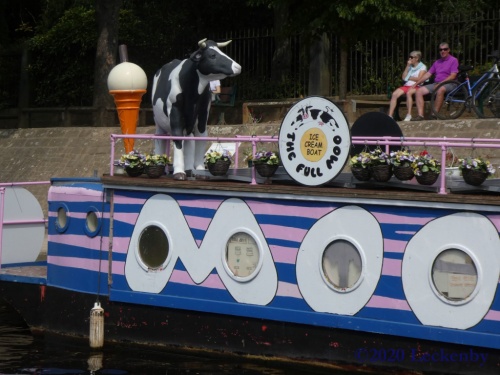
The moorings along the bottom of Museum Gardens is the most popular place to tie up in York, nothing to do with the other chilled medication boat being moored here. Today we’d have managed to squeeze in, but here was not our chosen mooring for the day, we still had quite a few miles to go.

A trip boat had pulled out ahead of us and now took it’s time to give it’s commentary on the Scarborough Railway Bridge, with it’s new footbridge that leads into the station platforms. Past the bridge the trip boat sped up and we followed until it reached Clifton Bridge where it winded, giving it’s horn signal mid manoeuvre!

The river is now surrounded by willow trees, many having shed large branches into the water, luckily most still attached to the bank so not a hazard to us today. Under Skelton Railway Bridge which takes the East Coast Main Line up towards Newcastle and Edinburgh, no trains obliged for a photo.

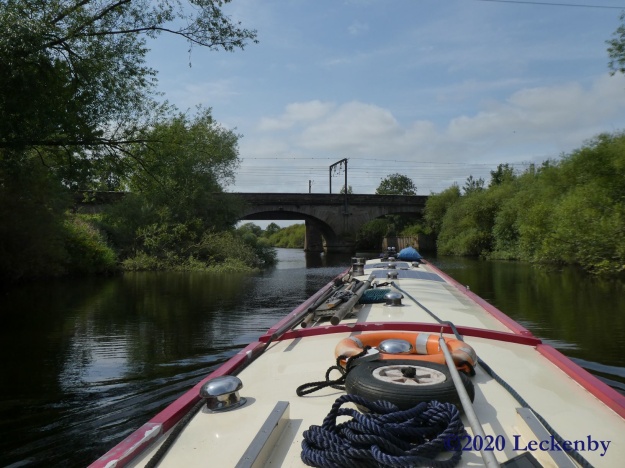
Kingfishers were about again today, darting across the rivers surface keeping us amused whilst nothing much else could be seen. Then a few trees other than willows showed on the banks of the river, a house and then a tight turn to the right where the River Nidd joins the Ouse and sandy banks encourage dogs and children to swim. Here is the boundary to Beningborough Park in which sits Beningborough Hall a National Trust property we visited in 2014 .

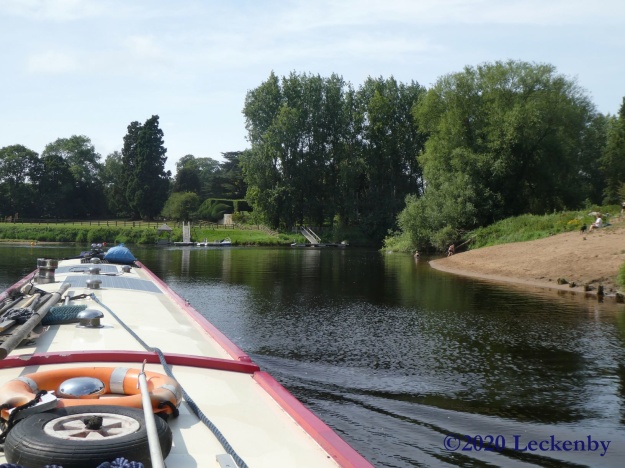

We were surprised to see the pontoon for The Dawnay Arms empty on a Friday afternoon, but then again they are closed during the afternoon. Here’s hoping it is empty on our return as we’ll be stopping to treat ourselves to a meal here.

Below Linton Lock the river widens out and is very shallow. Buoys mark the shallow water and fishermen were taking advantage to wade their way out to tempt the fish to their lines. I hopped off at the pontoon and walked up to set the lock.

The mechanism for the bottom gate paddles is an unusual one. Horizontal wheels on the gates need to be turned to raise the paddle below the water. This takes quite some time to do, then the lock takes quite a while to empty. Once I was certain it had levelled out it was time to open the gate. This is windlass operated so if your arms weren’t tired enough from turning the wheels they would be by the time you’d got the gate shifted. I’ve made a mental note to try the other gate when we come back as it may not rest on the ground quite as much, hopefully it will be easier.
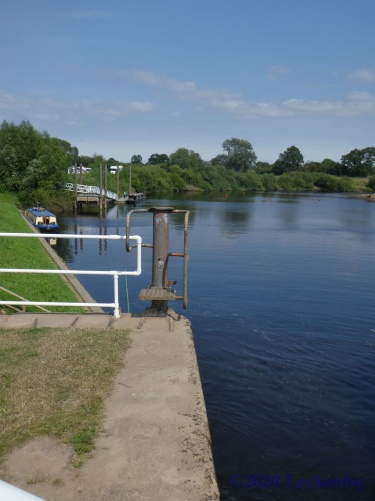
Then there is everything to close up before you start filling the lock, those wheels to spin closed and the gate to wind shut. I looked longingly at the large cool glasses of beer sat in front of people by the lock, they looked so good!
The position of the ground paddles is quite a distance away from the lock, this makes it impossible to see what is happening as you raise the paddle. With no sight of Mick or Oleanna I wound the paddle several times then checked over the gate, a bit more, check again, a bit more and so on. I think it increased my steps for the day. Slowly Oleanna rose, still quite a distance down in the lock when the levels equalised.
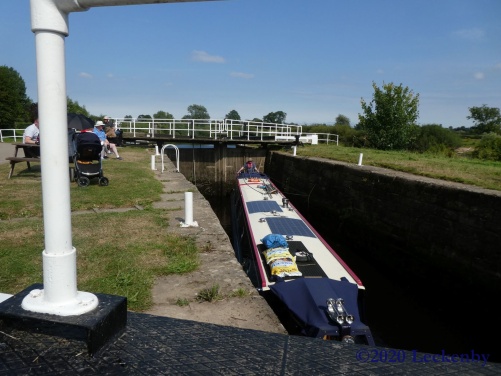
We’d been hoping for a space on the visitor pontoon here. Two cruisers seemed to be taking up most of the space, but was there more room further on. Mick headed off whilst I closed up the lock. Just after the cruisers was a space big enough for us, even if the pontoon ran out and we’d be overhanging the slipway, it would do for us tonight.
1 lock, 15.71 miles, 1 palace, 9 bridges, 1 birth place, 1 Daddy Fatso house still there, 1 day reminiscing, 2 moorings checked out, 2 chilled medication boats, 1 sunny day, 1 home city, 1 table booked, 2 wheels, 0 view, 1 boat squeezed in, 1 very late lunch, 0 shore leave, 5 Kingfishers, 300+ photos today.

